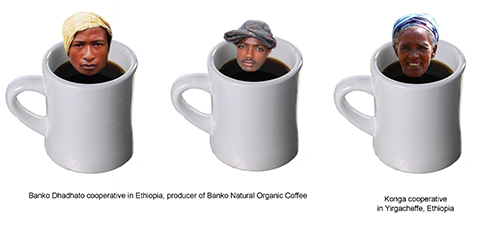The integration of permaculture methodologies into a coffee growing, processing, and distribution system begins with the farmers. The ideal growing environment for coffee is at a high elevation subtropical climate, with “young” nutrient rich volcanic soil (Bullough, 2). Location choice should take into account the idea of resilience in the face of climate change, with specific focus on resistance of the coffee borer insect The borer is cited as the most prominent threat coffee plantations worldwide (Bullough, 5). The size of the farm should be large enough for the farmer to obtain a substantial yield, but not so large that the workload becomes too great for the farmer and their family to maintain it properly. Agricultural practices should focus on the integration poly-culture food forests, (growing other cash crops, such as cacao, directly alongside the coffee) organic methods (or as close to that as possible), and ethical treatment of the laborers. To maximize profits for the grower the next step processes of washing and drying the beans should be able to be done by the farmer on their land, or close to it as possible.
Since the countries with the highest coffee consumption rates are in areas where coffee cannot be grown, Northern Europe and North America (Simpson), and since bean shelf life declines significantly after roasting, it is unrealistic for the growers to also be the roasters. Instead roasters should purchase the beans for a fair price, a price that does not keep the growers in poverty or force subsistence living, then have the beans shipped to their location in the most sustainably way possible. To curb further transportation costs and effects, distribution of the final, roasted bean should be as localized as possible, with little to no national or international deals being made.
